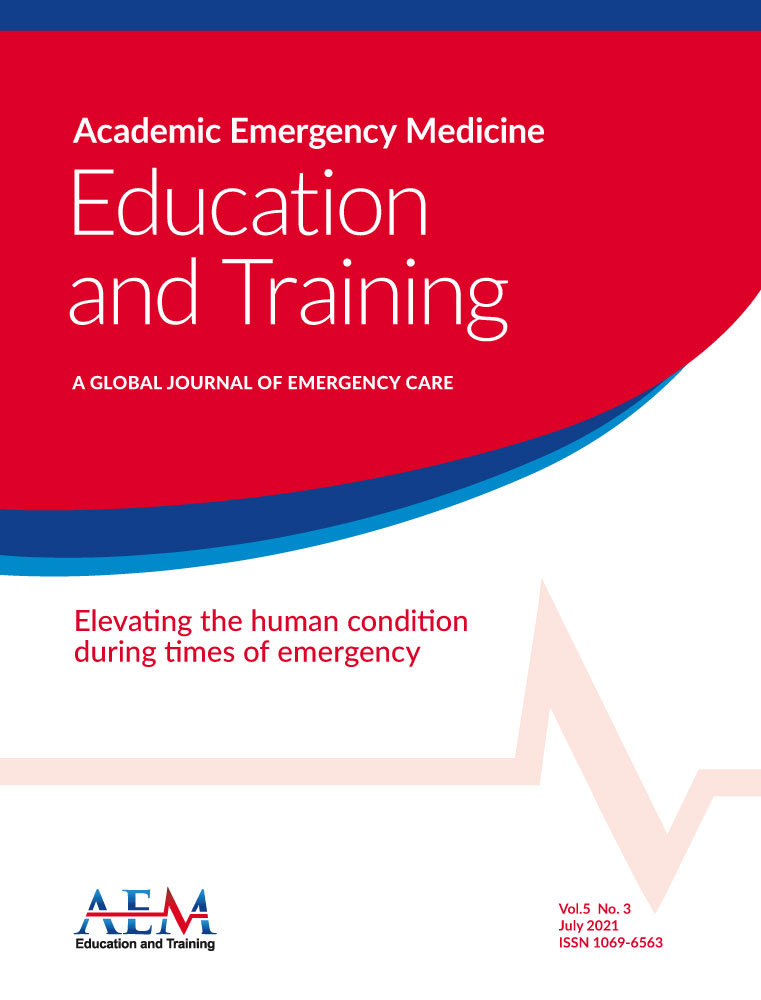Integrating diversity in simulation-based education: Potential role of virtual reality
I read with great interest the paper by Nadir et al.1 on simulation-based emergency medicine education in the era of physical distancing. The authors should be commended on their efforts to analyze simulation educator's responses to the COVID-19 pandemic. My comments are focused on suggesting further directions for this important line of research as it relates to diversity.
There is an unmet need to develop a deeper understanding of the importance of diversity in simulation-based education particularly in the era of COVID-19. The concept of diversity has moved far beyond demographics and protected categories that have been traditionally looked at such as race, gender, and age. While underrepresentation of racial diversity in the skin tone of manikins and body parts needs to be addressed, several many other aspects of diversity such as sexual orientation, appearance, culture, religion, disability, marital or family status, nationality, language, accent, socioeconomic status, and veterans status should not be underscored. Obviously trying to add in all these other factors makes the effort to promote diversity in simulation training much more complex. Here is where virtual reality2 can be tremendously helpful in implementing various domains of diversity and inclusion in simulation-based learning and help health care providers experience the complexity of biases and behaviors that impact underrepresented populations. Virtual reality tools can also help recognizing and mitigating unconscious bias3 by simulating powerful experiences that can help individuals recognize their own bias in action in real time. Further research efforts are needed to investigate how virtual-, augmented-, and mixed-reality techniques can help transforming simulation-based education for promoting diversity, equity, and inclusion.
CONFLICT OF INTEREST
The author has no potential conflicts to disclose.




